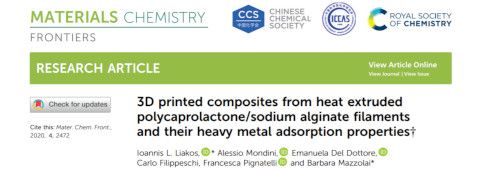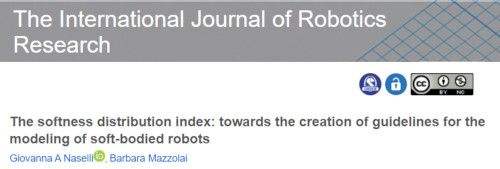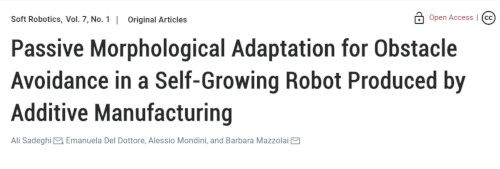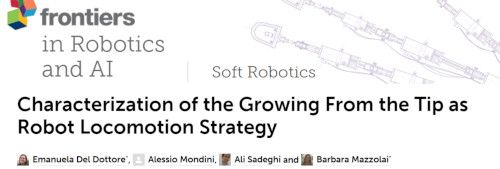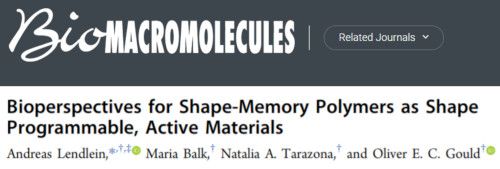WP5 - Embodied additive manufacturing mechanisms for growing robots
This WP focuses on developing a set of additive manufacturing sub-robotics mechanisms aimed to build the robot structure. Three mechanisms for growing robots will be developed compatible with different materials such as liquid, gel, or filament (developed in WP4 or commercially available). Task 5.3 will focuses on developing a soft flexible system inspired by the searcher apical structure of climbing plants for exploration and anchoring tasks. The developed technologies will be integrated in WP8.
Partners involved

Tasks
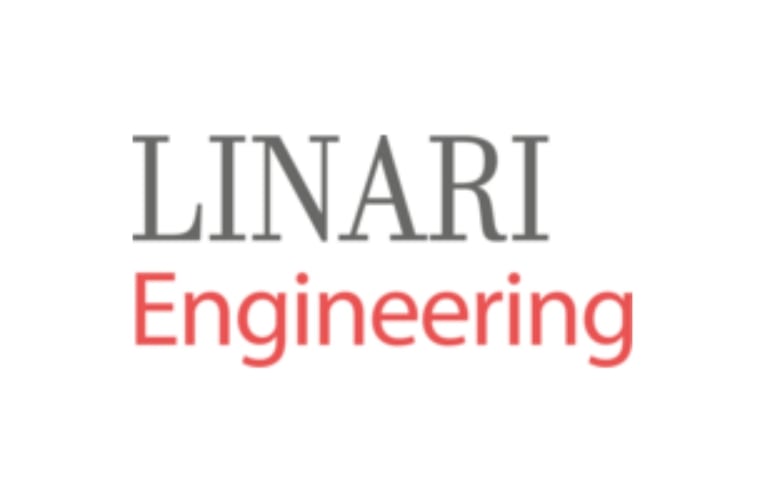
Activities: Development of a growing mechanism based on additive manufacturing; the approach is based on a) the pneumatic (=pressure-driven) transfer of a viscous fluid (a concentrated polymer solution, a paste) to the apical region of the system; b) the use of a purposely designed device, which will allow for the deposition of material developed in Task 4.1. The device is a miniaturized multi-head spinner capable of producing fibrillar material on the top of an already deposited structure through an advancement mechanism (‘pipe crawler’) that uses the structure itself as a mechanical support (see Fig. 1 Left). To obtain a high speed of growth and low energy consumption, the deposition will be based on solvent evaporation, facilitated by a mix of electro- and blow spinning (very small fibres and gas phase convection). Proper electric field shaping and nozzle flow rate control can drive the fibre deposition both on circular section of the growing structure and even out of that to create mechanical connections with external substrate, the “anchoring web”.
Expected results: A miniaturized mechanism with embedded electronics for low level control ready to be integrated in GrowBot to drive pipe crawler and high voltage generator for electrospinning.

Activities: In this task a growing mechanism based on deposition of filament-form materials will be developed. The system will be endowed with the capability to manage the deposition of several filaments simultaneously (from 2 to 4) permitting the realization of multi-material structures. Multi-material deposition will allow tuning the growth velocity as function of the number of layers deposited in the same unit of time as well as the structural properties by mixing stiffer layers with flexible layers to supply compliancy to the structure. The structure will be realized by fusion and adhesion of the layers together; a localized heating will be performed only at the interface between the layers just before the layers bond together. In contrast with traditional fusion of filaments in an extruder (used in FDM 3D printing), this strategy will help to decrease the energy demand, to decrease the melting time, accelerate plotting speed and achieve a compact growing system. The simultaneous melting of both old layer and new-deposited layers will also improve structural properties by creating stronger bonds between the deposited layers. Commercial materials will be exploited for this deposition mechanism, with particular attention to those with lower melting point temperature (e.g. PCL) and other with flexible properties (e.g. NINJAFLEX®). Customized miniature motors (for filaments pulling and plotting) will be developed to achieve a compact growing system necessary for applications where passing in narrow spaces is demanded.
Expected results: A multi-material deposition mechanism with embedded low level control ready to be integrated in WP8.
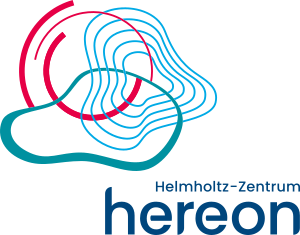
Activities: A controllable circular micro-extrusion approach will be developed and applied for depositing polymer melts or highly viscous polymer solutions or gels developed in Task 4.2. A key component of the custom-made circular micro-extrusion setup will be a temperature and pressure controllable specifically designed multi-lumen die mounted on a 360° rotating extrusion head. In this way the controlled deposition of single or multiple polymeric materials in well-defined circular geometries (e.g. layers or core-shell morphology) will be achieved. By alteration of processing parameters like the feeding pressure and temperature, extrusion head speed and the spatial distribution of the different polymeric materials the creation of numerous GrowBot body architectures will be realized. On demand addressable UV curing supply positioned at the extrusion head enables a controllable chemical modification of the deposited material, in particular the introduction of covalent crosslinks. Spatial control of the applied extrusion shear stress will be utilized for orienting the macromolecules within the deposition process required for local encoding the actuating capability in the newly formed robot tissue elements. By incorporation of fillers such as silver, carbon black, carbon nanotubes or graphite into the polymer feed conductive material systems will be realized, which are required for interfacing the actuator components with the GrowBot controlling unit and the activation of the thermo-reversible movements.
Expected results: The technology of printable polymeric actuators will be optimized in terms of reduction/minimization of the weight and thereby lowering the overall energy consumption.

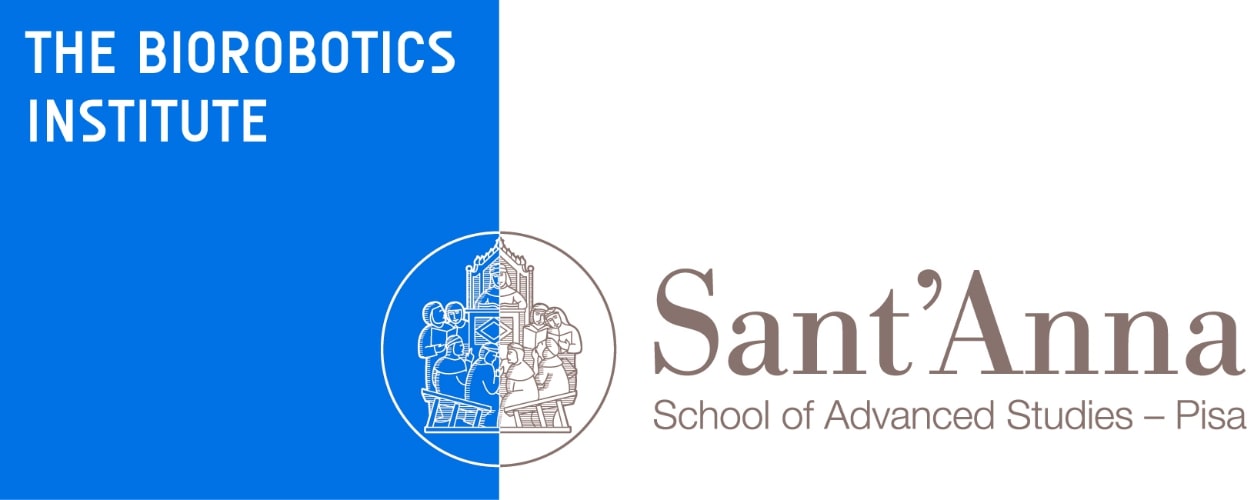
Activities: This task will mimic the apical region of the climbing plant (the “Searcher”), with the role of exploring the environment (e.g. searching for supports) by means of circumnutative movements and tactile feedbacks, in designing and developing a robotic searcher tip with sensing and actuation capabilities. The Searcher tip will embody a soft lowvoltage electroactive actuator for bending, and its behaviour is further tuned by inclusion of fibrous supporting and strain-limiting structures. Strain crafting by designing the internal fibrous structure is a direct realization of the findings from the biomechanical analysis performed in WP3 on natural examples. Activated carbon fibres are considered as suitable responsive electroactive materials, co-acting as strain-limiting fibres for mechanical support. Soft ionogels (hydrogels as well as polymeric gels with ionic liquids) will be used for defining the electroactive electrode positions as well as for giving necessary softness and compliance to the tip. Bending of the long and thin searcher will be induced by transport of ions from its one side to the other by an applied voltage in few-volts range. The electrode spacing and the internal tortuosity of the structure will be minimized for higher speed, whereas kinematic amplification in the whole searcher enables large-scale deformations (e.g. coiling) at short ion path lengths: in a prospective design with ion path lengths in 100s of μm (coincident to typical diameter of tendrils in climbing plants), we expect an actuation timeframe of less than one minute. As fast actuation necessitates least restricted charge transport, special attention will be paid on internal electrical wiring and current collectors. Fuel-driven biomimetic approaches are explored, targeting actuation in one-second range. By rational structuring, the soft tip attains high flexibility and compliance in contact with the environment, enabling a variety of bending and coiling characters for various explorative tasks (e.g. circumnutations), further supported by the sensors for tactile feedbacks directly embedded into its structure. Optic fibres will be adopted to perceive the spatial configuration of the tip and to identify the deformations upon contact with obstacles. Additional sensors, e.g. camera, magnetometer, accelerometer, light detectors, further enable tropisms and support perception. The light weight of the searcher tip enables its integration on top of the growing mechanisms, and their behaviours are centrally and mutually coordinated.
Expected results: “Searcher” prototypes ready to be integrated in GrowBots.
Gallery
(coming soon)
Outcomes
Deliverables' List
A miniaturized mechanism with embedded electronics for low level control ready to be integrated in GrowBot to drive pipe crawler and high voltage generator for electrospinning.
Accepted (confidential)
A multi-material deposition mechanism with embedded low level control ready to be integrated in WP8.
Accepted (confidential)
Realization of a bioinspired “searcher” prototype with the role of exploring environment by means of circumnutation movements.
Accepted (confidential)
!["Electrical Actuation of Coated and Composite Fibers Based on Poly[ethylene-co-(vinyl acetate)]" paper in Macromolecular Materials and Engineering journal](../../templates/yootheme/cache/41/2020_Macromolecular_Materials_and_Engineering-41e49ff0.jpeg)
